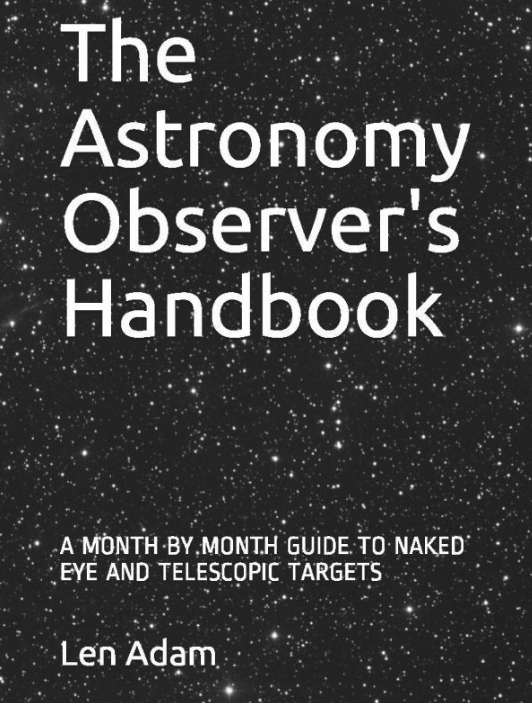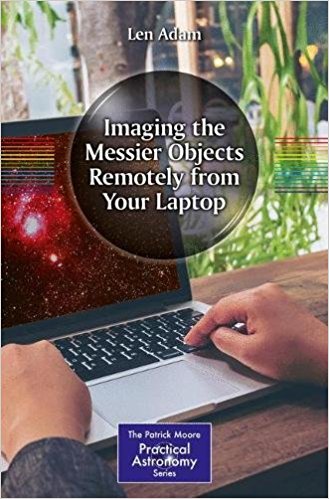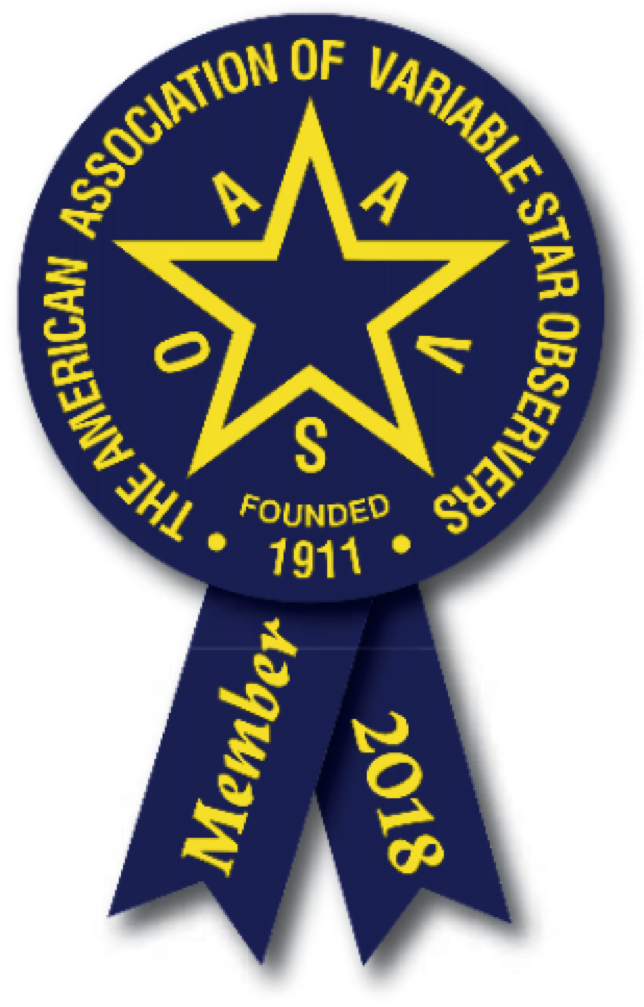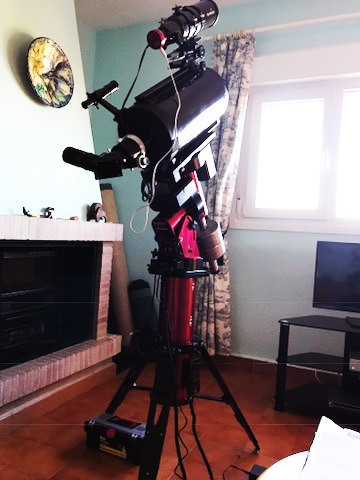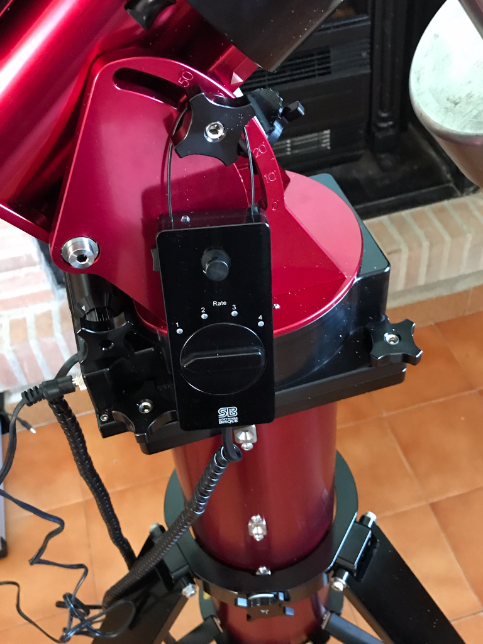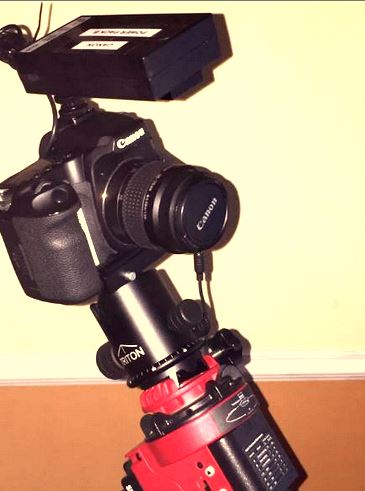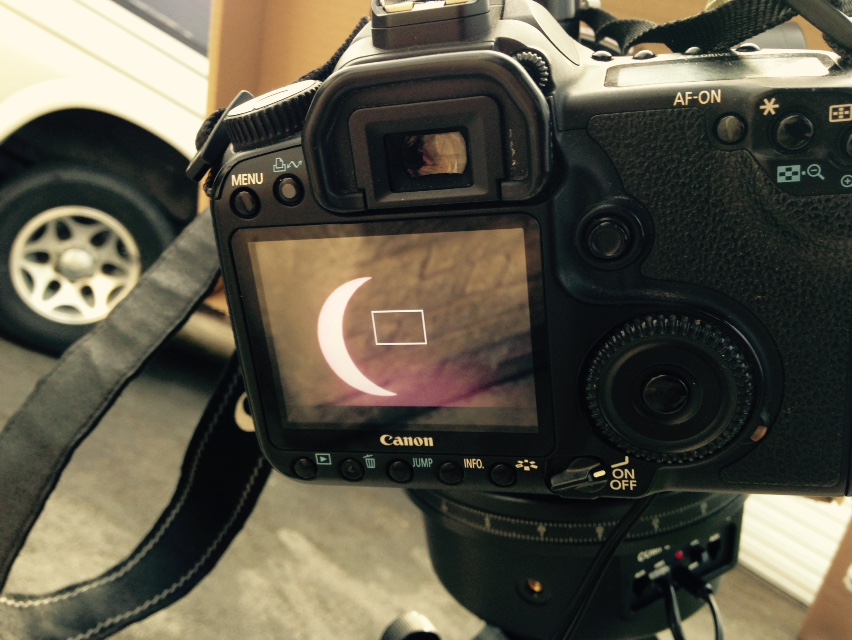Three more clear nights
 Monday, January 23, 2012 at 11:47PM
Monday, January 23, 2012 at 11:47PM Another 316 galaxy images tonight(Mon/Tues) - 219 last night (Sun/Mon) (slacking!) - and 271 images the night before (Sat/Sun) making a total of 806 galaxies in three nights. So over the last 5 nights I have imaged one thousand three hundred and fifty two galaxies for my supernova reference library.
Galaxy Run nets 450 galaxy images
 Friday, January 20, 2012 at 2:25AM
Friday, January 20, 2012 at 2:25AM Just finished a huge galaxy run at 3.25 a.m. (Spanish time)on a remarkably clear and dark night. Of course this means that I have a lot of work now to check all of these for supernovae. I did intend to check for the new comet(see later) but ran out of time.
More Galaxies
 Thursday, January 19, 2012 at 9:51AM
Thursday, January 19, 2012 at 9:51AM It was really clear at first last night with no Moon - stars everywhere! I started a galaxy run starting at RA 4h with the sidereal time being about 2h - I now sychronise on a bright star near the beginning of a run and then map 6 stars nearby. This gives me sufficient pointing accuracy to get the scripted galaxies onto the field of view. I realised after a while that images were reducing in quality and went out to find cloud moving in. I managed to image 96 galaxies before the cloud cover became total and checked all of these for supernovae - none there. As the galaxy run was taking place I was trying to set up my Canon DSLR with the CGEM mount and Meade 4" refractor - using remote software to take 30s images of the Orion Nebula region. Clearly my polar alignment was not good so that needs to be resolved. Next opportunity I am going to try some software that allows me to use the DSLR for polar alignment to save having to swap back and forth with an illuminated reticle eyepiece that I normally use.
Stargazing Live
 Tuesday, January 17, 2012 at 7:45AM
Tuesday, January 17, 2012 at 7:45AM I watched Stargazing Live last night - it was deluging with rain here in Sierra Cabrera (and still is this morning) and it was a good clear night at Jodrell Bank back in the North West of England! It was interesting to see Orion clearly visible in the sky both at Jodrell Bank and at the site of the Southern African Large Telescope (SALT) in the Northern Provice of South Africa - except of course that there it was upside down!
I liked the shape of the galaxy NGC 1365 that was shown from South Africa and it reminded me of the shape of my (SN Search) galaxy NGC 2535 image of a few days ago. In fact though they are quite different - NGC 1365 is a barred spiral galaxy and NGC 2535 is not. NGC 2535 is interacting with NGC 2536 which is also shown but the interaction is not at all obvious from the 30s image that was taken as part of my Supernova Search programme. The interacting pair are known as ARP 82 in Halton Arp's Catalogue and is thoroughly described in a paper on the website of East Tennessee State University. This includes an animation of the interaction.
NGC 1365 is believed to possible be a similar shape to our own Milky Way Galaxy following observations from the Spitzer Telescope
Galaxy Library
 Sunday, January 15, 2012 at 9:46AM
Sunday, January 15, 2012 at 9:46AM The size of the galaxy library is increasing with over 2,500 galaxies for the C14/SBIG ST9-XE combination giving an image scale of 1.96 arcseconds per pixel. It is vital to have the same image scale to be able to use the blink comparator on Grepnova. This means that images taken last year using the Meade 12" SCT cannot be used. I just need a couple of months of clear nights to build the library up to a really good level. If I don't have a comparison image I need to go online to check the DSS or other library to view the image - a very long process which is not very practical if you have taken 300 images the night before! Here are 8 thumbnails of the 200 plus images taken on the 14th Jan 2012.
Supernova 2012A in NGC 3239
 Saturday, January 14, 2012 at 10:01AM
Saturday, January 14, 2012 at 10:01AM Following the discovery of a potential supernova in NGC 3239 I took an image of this in the early hours of the morning of 14th January 2012 as shown below. It was the first discovery of 2012 so carries the designation SN 2012A. I measured the magnitude of this at m13.89.
Seven Minor Planets and 13 galaxies in 16'X16'
 Tuesday, January 10, 2012 at 7:12PM
Tuesday, January 10, 2012 at 7:12PM The fairly poor image below was solved to disclose the presence of 7 minor planets and 13 galaxies - OK not all visible - I can spot 3 or 4 minor planets - but it is only a 30s exposure!

